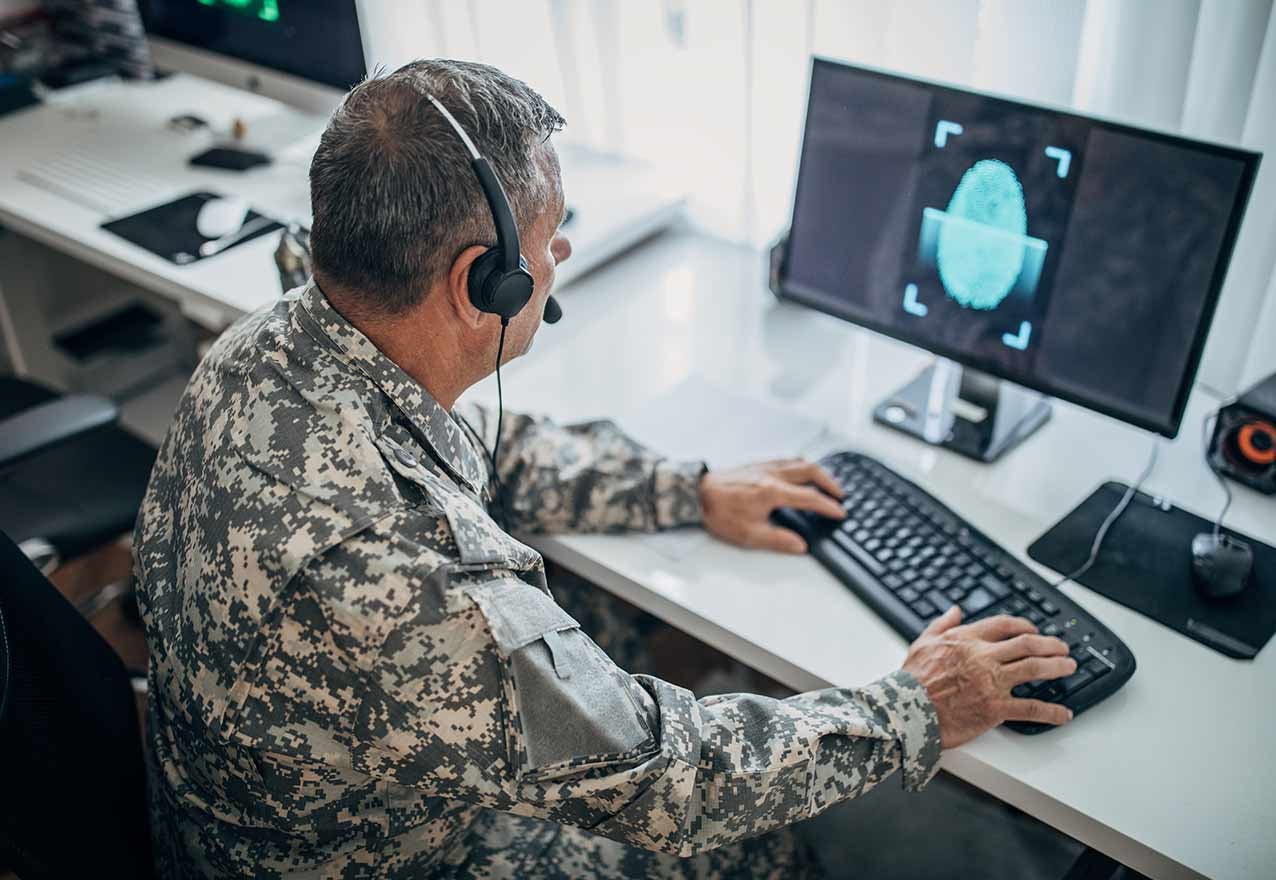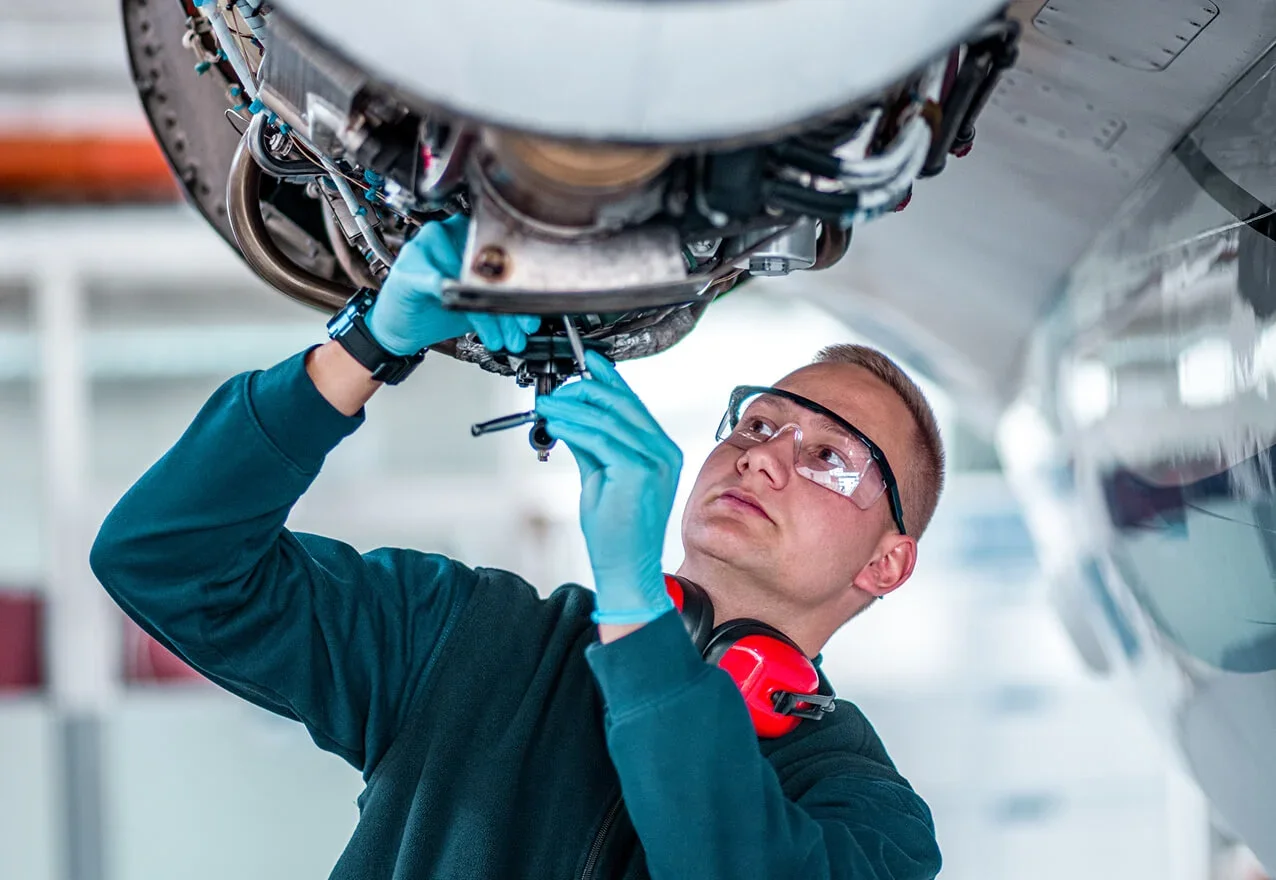AI for government


Mission-targeted agentic applications
Leverage ready-to-run AI apps built for your mission to solve your most critical and costly challenges with faster time-to-value.
Purpose-built applications and customizable solutions
Deliver mission-specific apps for bespoke use cases faster and cheaper on a predictable budget.
Interoperable, secure, and compliant
Deploy AI within existing infrastructure—whether air-gapped, legacy, or hybrid—while meeting strict compliance, security, and mission-specific requirements.
DataRobot for government
DataRobot helps government agencies deliver mission-critical insights on a platform purpose-built for the federal government’s highest security demands.
Unliquidated obligation & contract optimization

Leverage AI-driven insights to spot surplus funds in contracts and budget lines, recovering resources that can be redeployed or saved.
Empower program directors and analysts with the foresight to make confident, fast and mission-aligned decisions—powered by streamlined AI workflows built for time sensitive missions.
Fraud, waste, and abuse detection

Detect and flag anomalies across procurement, financial, and operational data to help prevent fraud, reduce waste, and protect public trust in real time.
Proactively detect anomalies and deliver precise, compliant decision outputs—purpose-built for federal agencies—to save your organization millions.
Advanced talent management and manpower readiness

Optimize recruitment outcomes by leveraging AI to screen and rank candidates based on readiness and fit, ensuring optimal hires and improved retention across all enlistments.
Get a clear, ranked shortlist—cutting manual review time and bringing the best-fit enlistees on board faster.
Operational efficiency and predictive maintenance

Prevent equipment failures with AI that forecasts maintenance needs, reduces downtime, and ensures operational continuity at lower cost.
Account for how far into the future each prediction extends with forecast distance modeling, and dynamically adapt to changing conditions using techniques like linearly decaying weights to ensure your predictions remain precise and reliable.
How DataRobot accelerates mission-readiness through advanced AI forecasting
Discover how DataRobot predictive maintenance AI turns raw sensor data into actionable forecasts so your teams can spot failures before they happen, keep critical assets online, and sustain mission-readiness without costly downtime. See advanced forecasting in action and learn how data-driven decisions translate into immediate operational gains.

